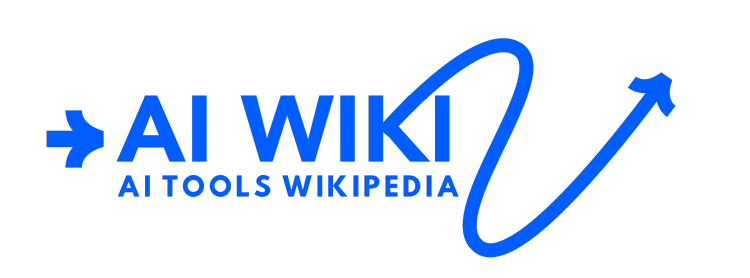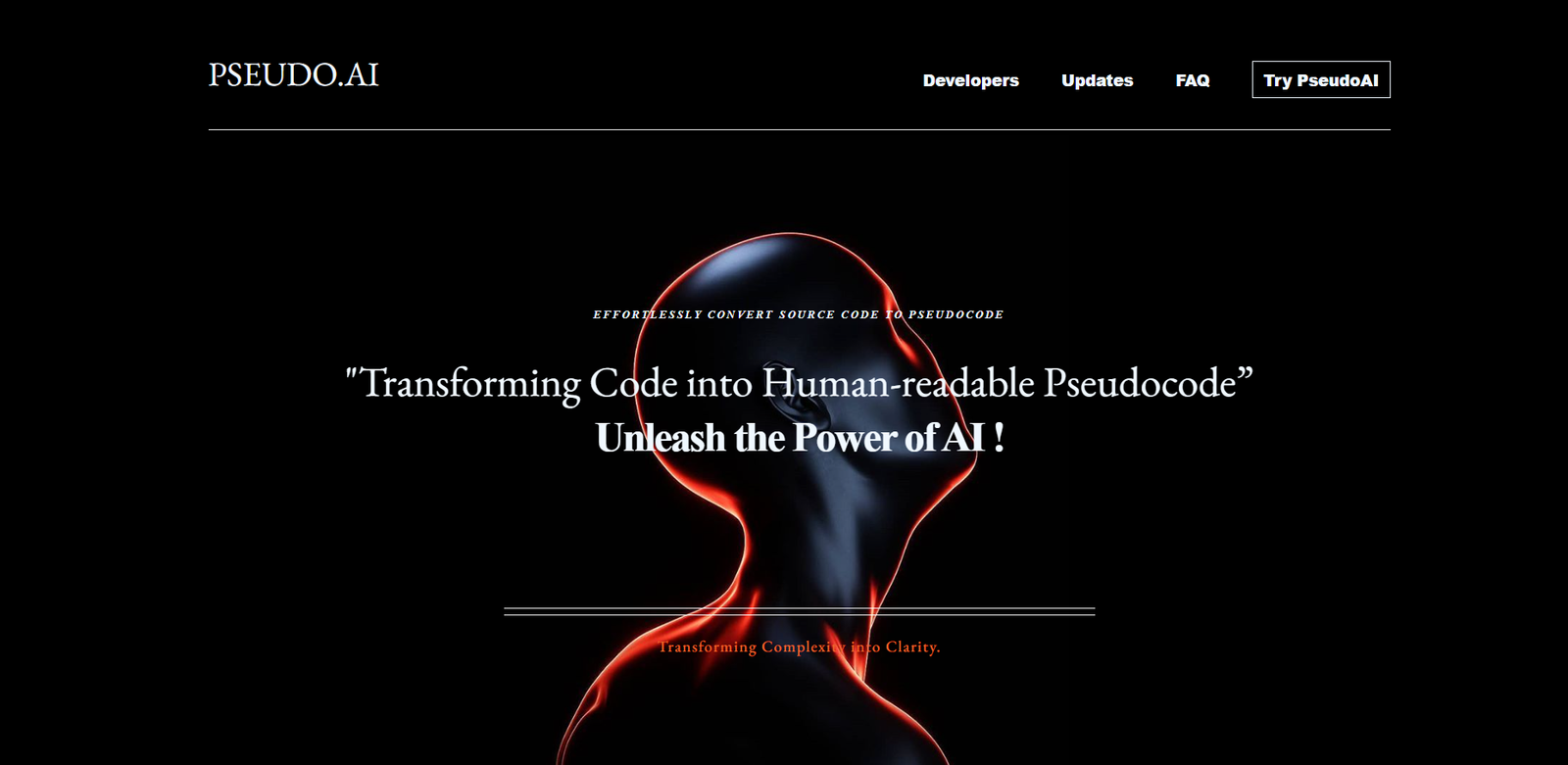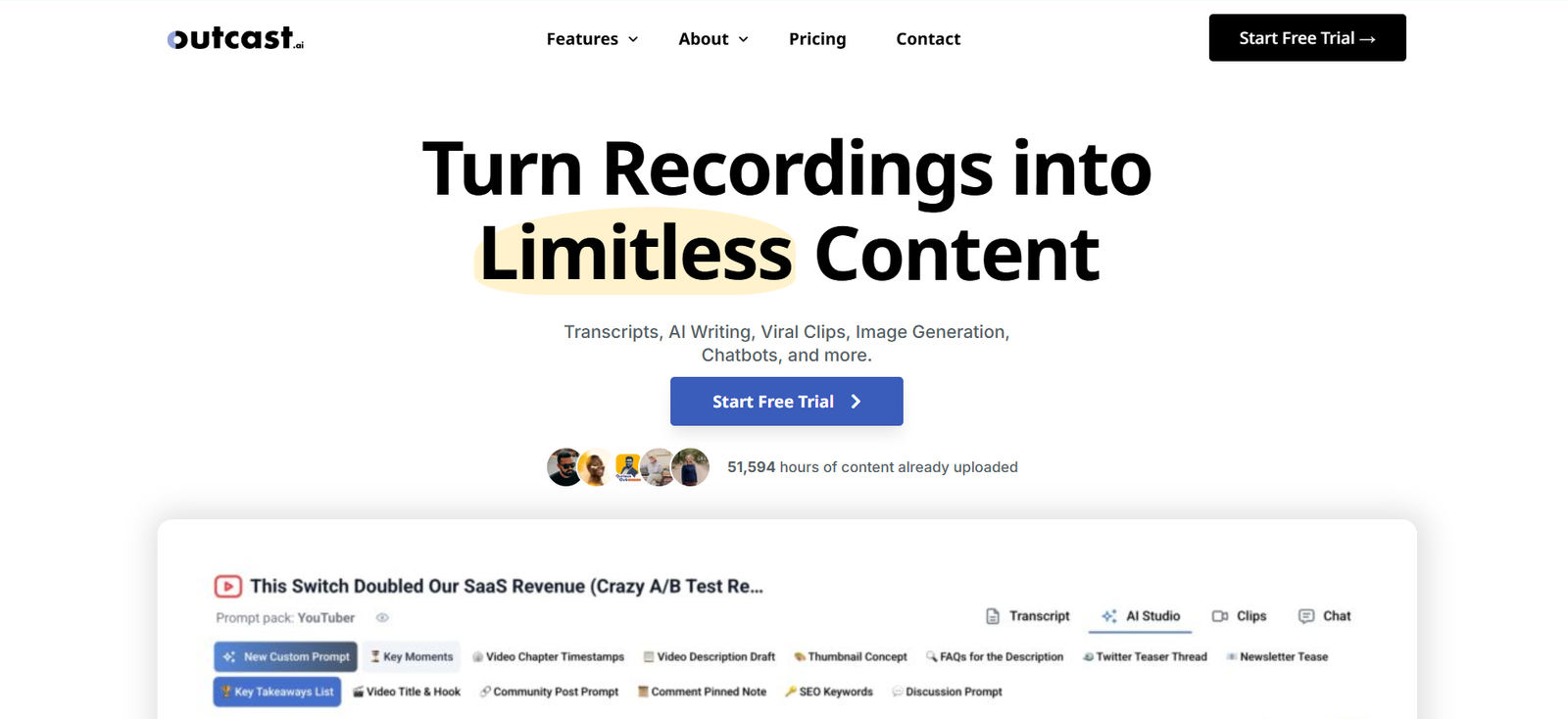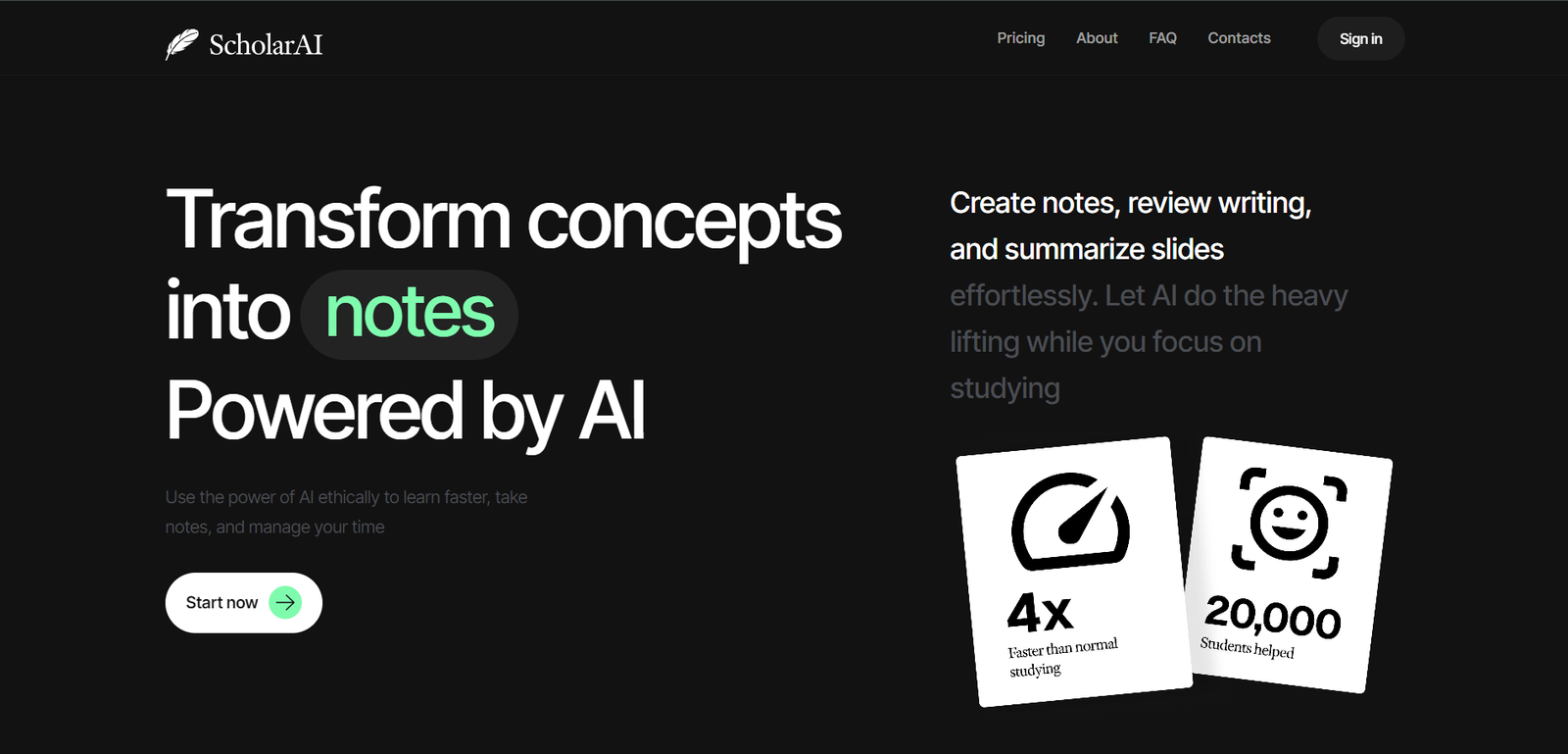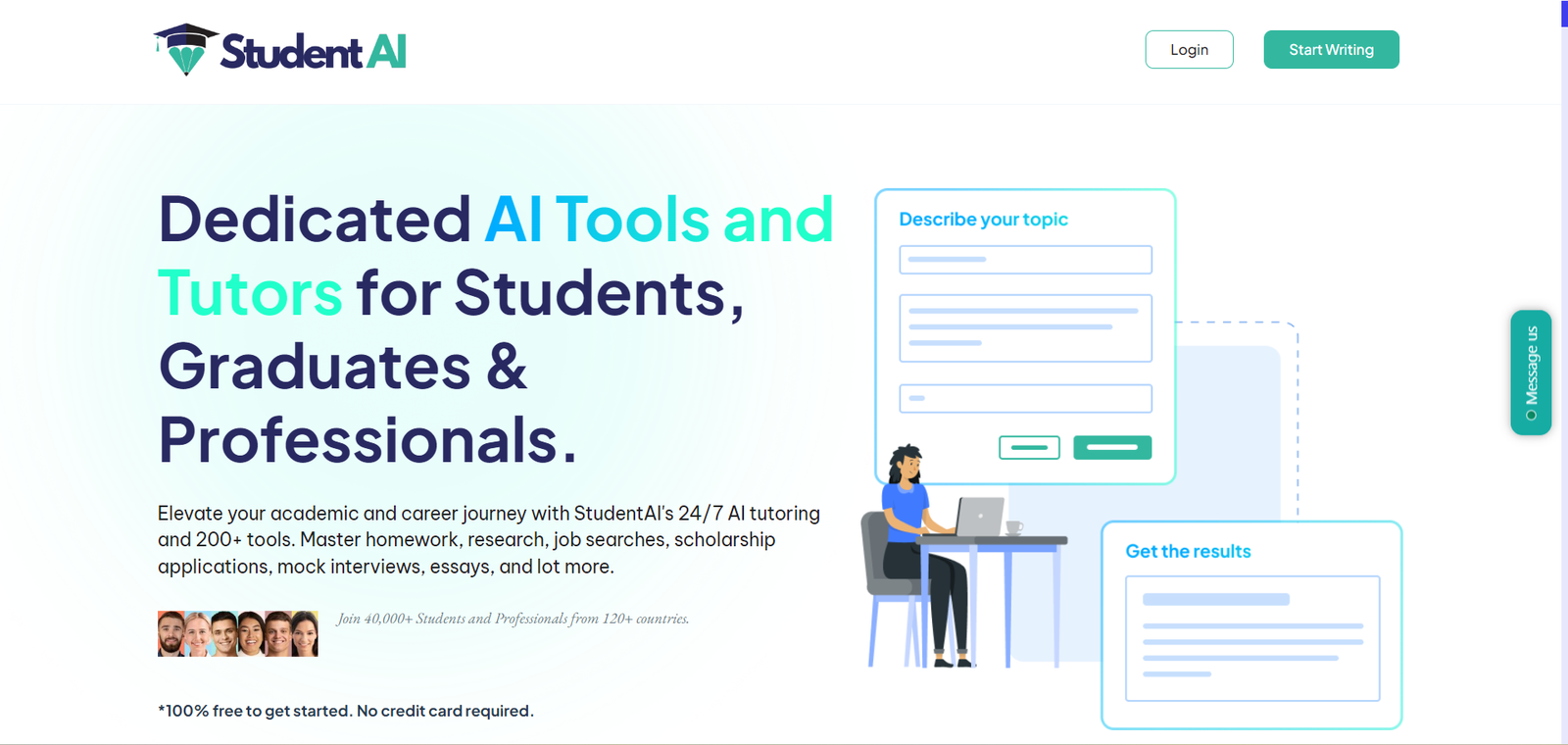In the fast-paced world of software development, effective communication between developers and non-technical stakeholders is critical to project success. Pseudo AI is transforming the way teams collaborate by converting complex source code into easily understandable pseudocode. This blog delves into a specific use case where Pseudo AI played a key role in improving communication and project efficiency for a development team.
Use Case: Enhancing Collaboration in a Software Development Project
Problem Statement:
A development team was working on a complex software project that required frequent updates and feedback from non-technical stakeholders. However, explaining the intricacies of the code to non-developers often led to miscommunication and delays in decision-making.
Application:
The development team integrated Pseudo AI into their workflow to convert source code into human-readable pseudocode. Here’s how it was used:
- Pseudocode Generation: The team used Pseudo AI to convert their code into pseudocode, making it easier for stakeholders to understand the logic and functionality without needing to delve into the technical details. This helped align expectations and facilitated better decision-making during project reviews.
- Multi-Language Support: Since the project involved multiple programming languages, Pseudo AI’s support for various languages was essential. The team could generate pseudocode for different parts of the project, regardless of the language used, ensuring consistency in communication.
- Improved Collaboration: By providing a simplified version of the code, Pseudo AI bridged the communication gap between the developers and stakeholders. This led to quicker approvals, reduced misunderstandings, and a more streamlined development process.
- Educational Value: Non-technical team members were able to gain a better understanding of the code structure, which empowered them to participate more actively in project discussions.
Outcome:
With Pseudo AI, the development team was able to improve collaboration and communication with non-technical stakeholders. The use of pseudocode enabled faster decision-making, reduced project delays, and ultimately led to a more efficient and successful project delivery.
Industry Examples:
- Software Development: Development teams can use Pseudo AI to simplify code explanations during client meetings, improving clarity and reducing miscommunication.
- Education: Educators can use Pseudo AI to teach programming concepts, offering students a clear, simplified view of code structure.
- Project Management: Project managers can leverage Pseudo AI to facilitate communication between developers and non-technical stakeholders.
- Corporate Training: Companies can incorporate Pseudo AI into training programs to help employees understand the logic behind coding without needing to learn a programming language.
Additional Insights on the Code Comprehension Landscape
As software development continues to evolve, the need for tools that bridge the gap between technical and non-technical team members is growing. Pseudo AI is at the forefront of this movement, offering a platform that simplifies code comprehension and enhances collaboration. This is particularly important in industries where clear communication is essential for project success.
Pseudo AI is transforming the way teams approach code comprehension by converting complex source code into human-readable pseudocode. Whether you’re working on a software project, teaching programming, or managing a team, Pseudo AI provides the tools you need to simplify communication and improve collaboration. Try Pseudo AI today and see how it can elevate your development process.
Learn More – https://aiwikiweb.com/product/pseudo-ai/
